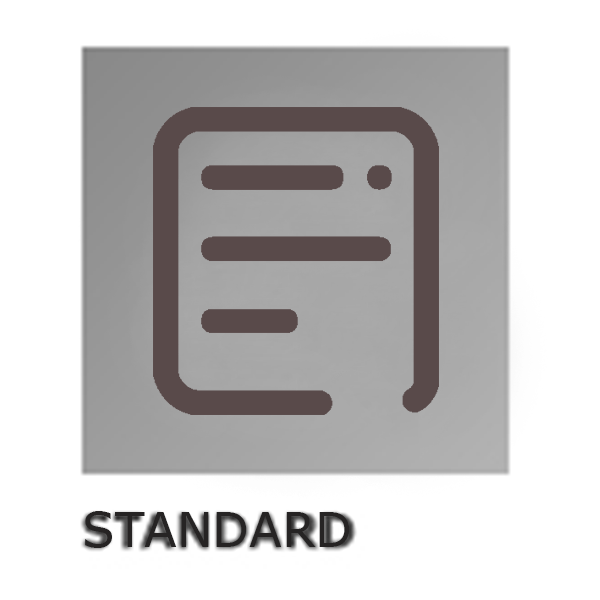1.1This practice describes the geometry of illuminating and viewing specimens and the corresponding geometry of optical measurements to characterize the appearance of materials. It establishes terms, symbols, a coordinate system, and functional notation to describe the geometric orientation of a specimen, the geometry of the illumination (or optical irradiation) of a specimen, and the geometry of collection of flux reflected or transmitted by the specimen, by a measurement standard, or by the open sampling aperture.
1.2Optical measurements to characterize the appearance of retroreflective materials are of such a special nature that they are treated in other ASTM standards and are excluded from the scope of this practice.
1.3The measurement of transmitted or reflected light from areas less than 0.5 mm in diameter may be affected by optical coherence, so measurements on such small areas are excluded from consideration in this practice, although the basic concepts described in this practice have been adopted in that field of measurement.
1.4The specification of a method of measuring the reflecting or transmitting properties of specimens, for the purpose of characterizing appearance, is incomplete without a full description of the spectral nature of the system, but spectral conditions are not within the scope of this practice. The use of functional notation to specify spectral conditions is described in ISO 5/1.
1.5This standard does not purport to address all of the safety concerns, if any, associated with its use. It is the responsibility of the user of this standard to establish appropriate safety, health, and environmental practices and determine the applicability of regulatory limitations prior to use.
1.6This international standard was developed in accordance with internationally recognized principles on standardization established in the Decision on Principles for the Development of International Standards, Guides and Recommendations issued by the World Trade Organization Technical Barriers to Trade (TBT) Committee.






